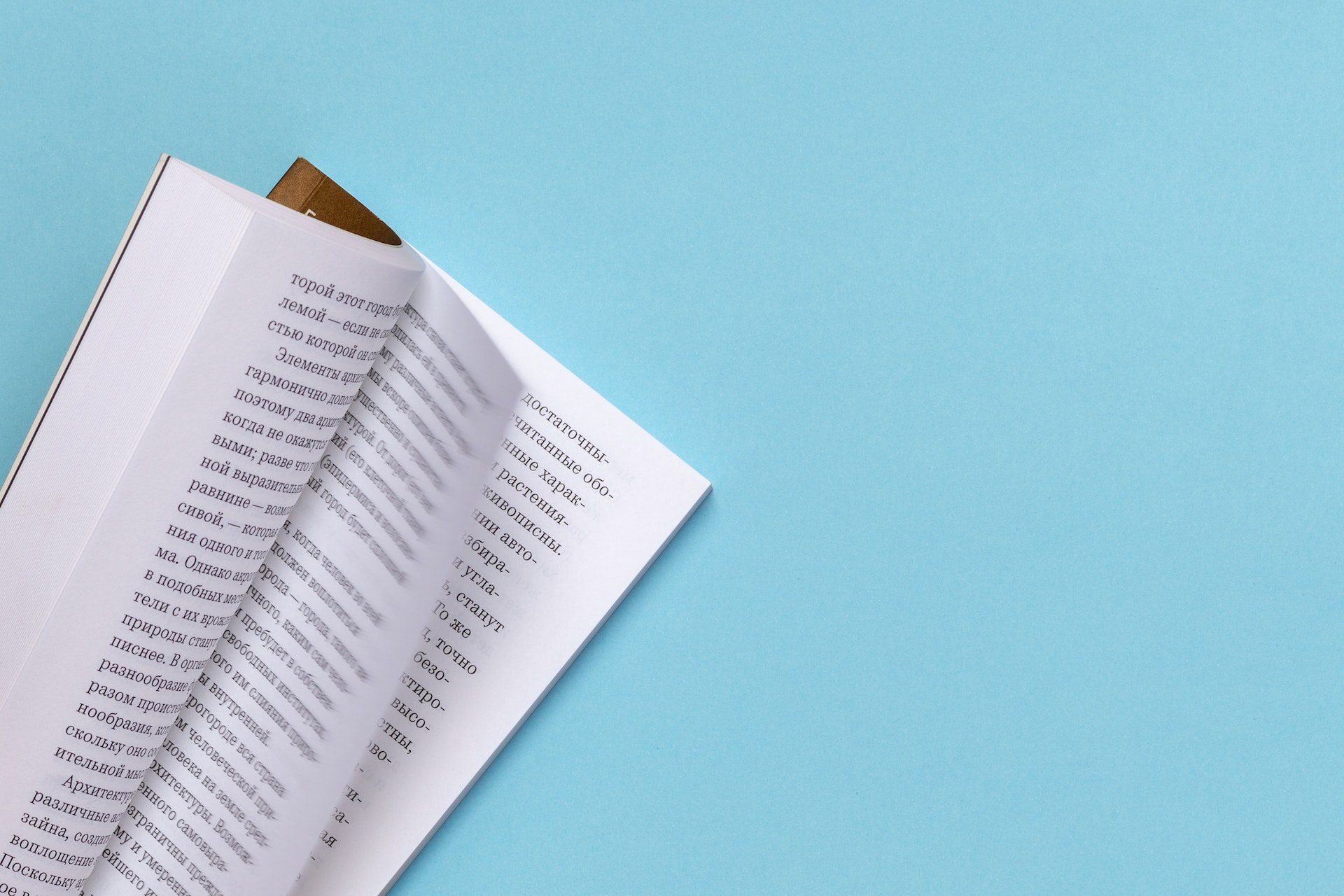
06 Mar How to Use Headshots for Book Covers
Book covers are an essential part of the reading experience. They serve as the first point of contact between the reader and the book, and play a crucial role in attracting readers. A good book cover conveys important information about the book, such as its genre, tone, and themes. When it comes to book covers, one important element to consider is the use of headshots. In this article, we’ll guide you through the process of selecting, taking, and editing headshots for your book cover.
The Importance of a Good Book Cover
Before we dive into the specifics of headshots, it’s essential to understand the importance of a good book cover. According to a study conducted by Book Smugglers Publishing, 79% of readers said that book covers play a crucial role in their decision to buy a book. In addition to attracting readers, a book cover can also convey important information about the book, such as its genre, tone, and themes. A professional-looking book cover can make a significant difference in a book’s success.
What Are Headshots?
Headshots are close-up photographs of a person’s face, typically used for professional purposes such as business cards, social media profiles, and book covers. In book covers, headshots can be used to convey important information about the book’s characters, themes, and tone. A high-quality headshot can make a book cover more engaging and memorable, and can help attract readers.
How to Choose the Right Headshot for Your Book Cover
When selecting a headshot for your book cover, it’s essential to choose one that matches your book’s genre and reflects its themes. For example, a headshot of a smiling person might not be appropriate for a horror novel. Additionally, you’ll want to select a headshot that is eye-catching and engaging, and that stands out from other book covers in your genre.
To find the right headshot, you may want to consider working with a professional photographer. A headshot photographer or portrait photographer can help you choose the right pose, lighting, and background for your headshot, and can provide you with a high-quality photograph that will look great on your book cover.

How to Take a Professional-Looking Headshot
If you’re unable to work with a professional photographer, you can still take a professional-looking headshot on your own. To do so, you’ll want to choose the right clothing and accessories for your headshot, and select a location with good lighting and a clean background.
When selecting clothing for your headshot, you’ll want to choose something that is simple and classic, and that doesn’t distract from your face. Avoid busy patterns or bright colors that might clash with your book cover. Additionally, you’ll want to choose accessories that are minimal and don’t draw attention away from your face.
When selecting a location for your headshot, look for a spot with good natural lighting. Ideally, you’ll want to take your headshot outdoors or near a large window, where you can take advantage of natural light. Additionally, make sure that the background of your headshot is clean and uncluttered, so that your face stands out.
How to Edit Your Headshot for Your Book Cover
Once you have a high-quality headshot, you may need to edit it to make it suitable for your book cover. In general, you’ll want to remove any blemishes or imperfections, adjust the lighting and color to make your face stand out, and ensure that the headshot matches the overall tone and style of your book cover.
To edit your headshot, you can use a variety of photo editing tools, such as Adobe Photoshop or Lightroom. Alternatively, you can hire a professional designer to edit your headshot for you.
When editing your headshot, it’s important to avoid over-editing. A headshot that looks too polished or artificial can be a turn-off for readers. Additionally, make sure that your headshot still looks like you, and that it accurately reflects your personality and style.
Common Mistakes to Avoid When Using Headshots for Book Covers
When using headshots for book covers, there are a few common mistakes that you’ll want to avoid. One common mistake is using amateur-looking headshots that don’t match your book’s genre or themes. Another mistake is using headshots that are too dark or too bright, which can make your face look washed out or shadowy.
To avoid these mistakes, make sure to work with a professional photographer or follow the tips above for taking a professional-looking headshot on your own. Additionally, make sure that your headshot accurately reflects your book’s genre, themes, and tone, and that it stands out from other book covers in your genre.

Examples of Successful Book Covers that Use Headshots
There are many successful book covers that use headshots effectively. For example, the book cover for Michelle Obama’s memoir, “Becoming,” features a close-up headshot of the former First Lady, conveying her strength, intelligence, and warmth. The headshot is simple and classic, with a neutral background that doesn’t distract from her face.
Another example is the book cover for Roxane Gay’s essay collection, “Bad Feminist,” which features a black and white headshot of the author. The headshot is cropped close to her face, with her eyes gazing directly at the reader. The headshot conveys confidence, intelligence, and a sense of humor, matching the tone and themes of the book.
Frequently Asked Questions
Q: Do I need to use a headshot for my book cover?
A: No, you don’t need to use a headshot for your book cover. However, a high-quality headshot can make your book cover more engaging and memorable, and can help attract readers.
Q: Should I work with a professional photographer for my headshot?
A: It’s recommended to work with a professional photographer if possible, as they can help you choose the right pose, lighting, and background for your headshot, and can provide you with a high-quality photograph that will look great on your book cover.
Q: How do I choose the right headshot for my book cover?
A: Choose a headshot that matches your book’s genre and reflects its themes. Additionally, select a headshot that is eye-catching and engaging, and that stands out from other book covers in your genre.
Q: Do I need to edit my headshot for my book cover?
A: You may need to edit your headshot to make it suitable for your book cover. You can use photo editing tools or hire a professional designer to edit your headshot for you.
Q: What are common mistakes to avoid when using headshots for book covers?
A: Common mistakes include using amateur-looking headshots that don’t match your book’s genre or themes, and using headshots that are too dark or too bright. Work with a professional photographer or follow the tips above for taking a professional-looking headshot on your own to avoid these mistakes.

